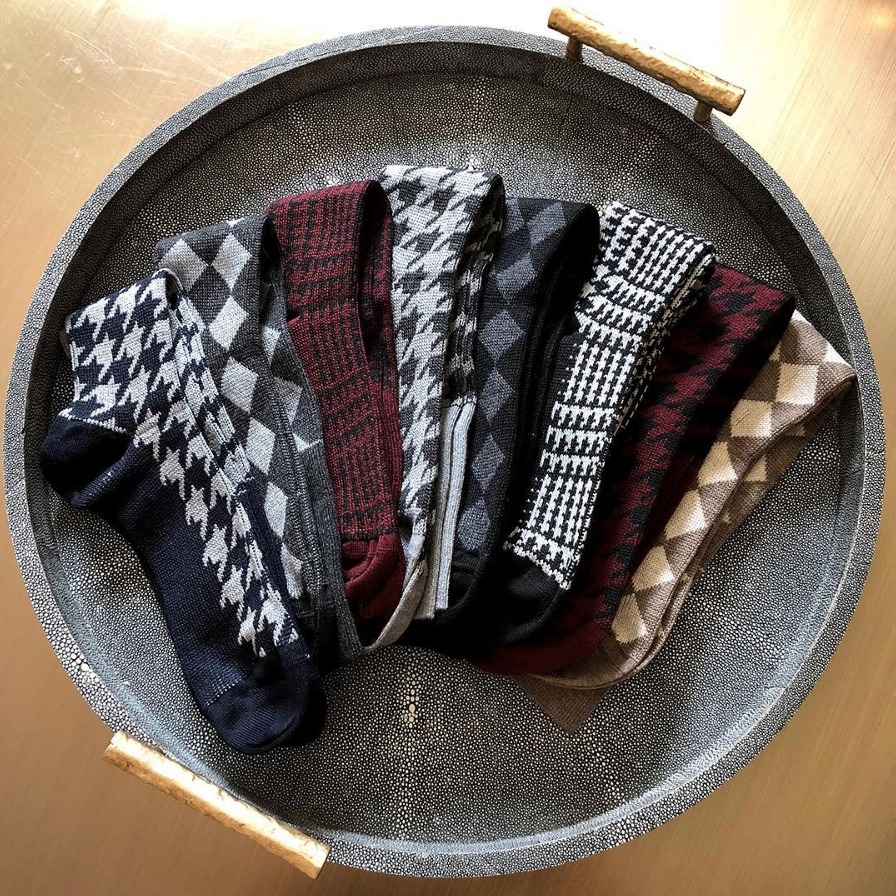IMO, people are getting too reductive about synthetic fabrics, equating "natural" with "good" and "synthetic" with "bad." Much depends on the material and how it's used. I will give some examples. 🧵
https://twitter.com/Vanessa_Vtl3/status/1802801809158803618
Nearly every high-end suit, sport coat, or pair of tailored trousers is lined in Bemberg, which is a brand name for cupro (a material made from rayon). Rayon is so great that even the best bespoke tailors in the world use it for lining. 

Rayon is a soft, slippery fabric that's often used as a silk substitute. It's more breathable than silk, which is why tailors switched to rayon linings ~100 years ago. Why do you want this material in your jackets and pants? 

For one, they help you slip into your clothes, especially when it comes to things like sleeves. Secondly, they can help the garment drape better, as materials like woolens can catch on cotton shirts. Third, they make your jackets breathe more! Look at these two summer jackets:




As you remove more of the lining, the back of the jacket can breathe better (good for hot summer days). But depending on how the fronts are constructed, you can end up doubling up on the jacket fabric, which may be less breathable than rayon! Thus, rayon has its use.




Rayon isn't just used for lining; it can also be used for shirts. I like how rayon shirts feel cool and slippery. They're cheaper and easier to maintain than their silk counterparts.






Let's take another potential use. Cotton doesn't have the natural crimp found in animal hair, so cotton fabrics don't have the spring-back quality found in wool. It's easy to understand this when you put your hands into a wool jacket's hip pockets. There is "spring." 

Plant-based fibers, such as linen and cotton, don't have this quality, so cotton, corduroy, and linen garments can be stiff. This is also why you have to cut them a little larger. If these garments are too trim, the seams will be prone to ripping.




Even if you cut a cotton suit correctly, it can be stiff and uncomfortable if you're used to wearing wool garments. A tiny bit of elastane can give the fabric that same "spring-back quality."
Check out these fabrics from Zegna's "Winter Cottons" book. Both are 98% cotton and 2% elastane. I assure you that these are not low-quality fabrics. IMO, the corduroy is even better than Zegna's "CashCo" (cotton-cashmere), as it lasts longer. Cashmere can be a bit delicate.




There are plenty of other examples. Sierra Design's 60/40 parkas—called so because they're made from a 60/40 mix of cotton and nylon—are a classic. The nylon makes the parkas water-resistant without any need for DWR treatment (although DWR finishes can also be fine) 

Service workers will sometimes wear uniforms made from synthetic fibers because the garments will look professional but can also be put through a wet-wash. If you made the garment from pure wool, you would have to dry clean (which is not always practical). 

You likely already wear synthetic fibers. If your socks were made from pure cotton or wool, they would stretch out or droop over a short period of time (and feel pretty awful). 

IMO, it's better to go by the brand and store's reputation, as well as your experience, than be overly reductive about synthetic fibers. A cashmere Shein sweater will be worse than a Zegna cotton-elastane suit. It's more about the maker than these reductive charts. 

Someone brought up the environmental impact of synthetic fibers, but the production of natural materials also has its own impact. Much depends on what type of impact we're looking at. From the 2017 Global Fashion Agenda report: 

Ultimately, the best way to lower your environmental impact is to buy less, buy better, use what you own, wash only when needed, and vote for ppl who will enact environmental policies. Reducing this discourse to natural=good, synthetic=bad can lead to worse purchases.
• • •
Missing some Tweet in this thread? You can try to
force a refresh






























